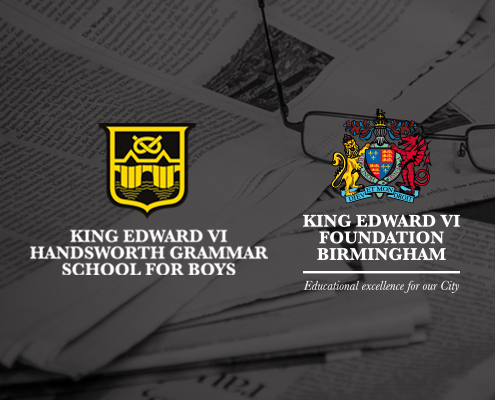Computer Science in Action
On Thursday 10th November we were able to virtually attend a Computer Science webinar, which was being hosted in London.
The first presentation was about the interactions between drivers and pedestrians, and how to mirror this over to driverless cars. We learned about the Bimodal Crossing Pattern; when crossing before a car, people will either cross whilst the car is very far away or when it has stopped, with very little in between. The presenter mentioned methods that driverless cars could use to signal to the pedestrian it is safe to cross. It was interesting to hear about the several trials that had been carried out, using virtual reality to mimic the scenario of crossing the road between two cars, as well as the presenter’s plans for future trials.
The next presentation made a very bold statement; Computer Science is the basis of Mathematics. The presenter, who had completed his A-Levels at 14, explained that through functional programming, we can prove mathematical theorems, strengthening the wall of academia on which new mathematical findings rely on. If any one of those were proved wrong, then the mathematics that followed would also be false. The presenter had proved the formula for the area of the circle through two months of coding with three other professors.
Did you know that in London, you cannot walk more than nine steps without being caught on camera? The presentation that told us this fact also explained that with just latitude, longitude, and time, we can work out a person’s favourite place to visit, where they live, and much more. So, the number of information companies and the government can deduce with all of the information a phone can provide is too much to comprehend. Overall, it was an amazing experience to see what we learn in the classroom applied to the real world, which in turn gave us a deeper understanding of what we learn in our subject.
Raahil Junaid 13GDH










